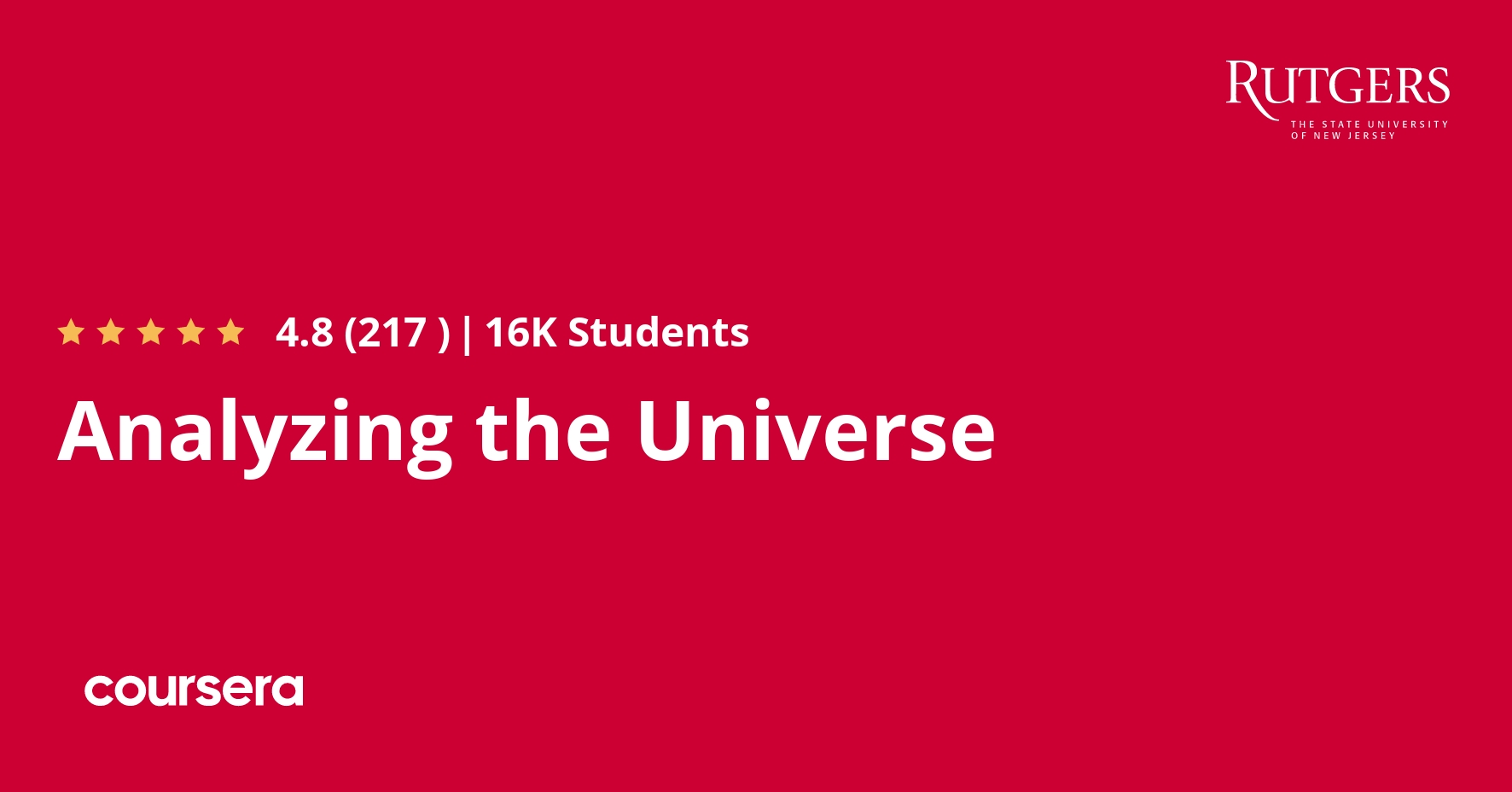Description
Using publicly available data from NASA of actual satellite observations of astronomical x-ray sources, we explore some of the mysteries of the cosmos, including neutron stars, black holes, quasars and supernovae. We will analyze energy spectra and time series data to understand how these incredible objects work. We utilize an imaging tool called DS9 to explore the amazing diversity of astronomical observations that have made x-ray astronomy one of the most active and exciting fields of scientific investigation in the past 50 years.
Each week we will explore a different facet of x-ray astronomy. Beginning with an introduction to the nature of image formation, we then move on to examples of how our imaging program, DS9, can aid our understanding of real satellite data. You will using the actual data that scientists use when doing their work. Nothing is “canned”. You will be able to appreciate the excitement that astronomers felt when they made their important discoveries concerning periodic binary x-ray sources, supernovae and their remnants, and extragalactic sources that have shaped our understanding of cosmology.
What you will learn
Light and the Nature of Images….Plus, an Introduction to DS9
Welcome to Week 1 of “Analyzing the Universe!” This week we explore the nature of light, and how we get astronomical information from the images we obtain. The lectures and “wiki” material address these themes: light, image formation, and DS9. Dive right in!
Basic Astronomical Data and a DS9 Smorgasbord
Welcome to week two of “Analyzing the Universe”. This week we will be exploring some of the means we have at our disposal to find out many things about the stars. It is really quite incredible that these tiny pinpoints of light can yield so much information about their nature and about the structure of the Universe as a whole. And if this is your first visit to the course, welcome and jump right in!
Stellar Evolution and White Dwarfs
This week is our first in-depth look at an x-ray source, and it involves a white dwarf in a binary system. So sharpen up your detective skills, keep your copy of DS9 at the ready, and let’s get down to business. It should be an exciting week.
Orbits, Gravity, and Clocks in the Sky
This week we turn our attention to another fascinating cosmic source, discovered in the infancy of x-ray astronomy: Cen X-3. In so doing, we will see how binary stars can determine and influence many of the interesting and surprising features of our observations.





